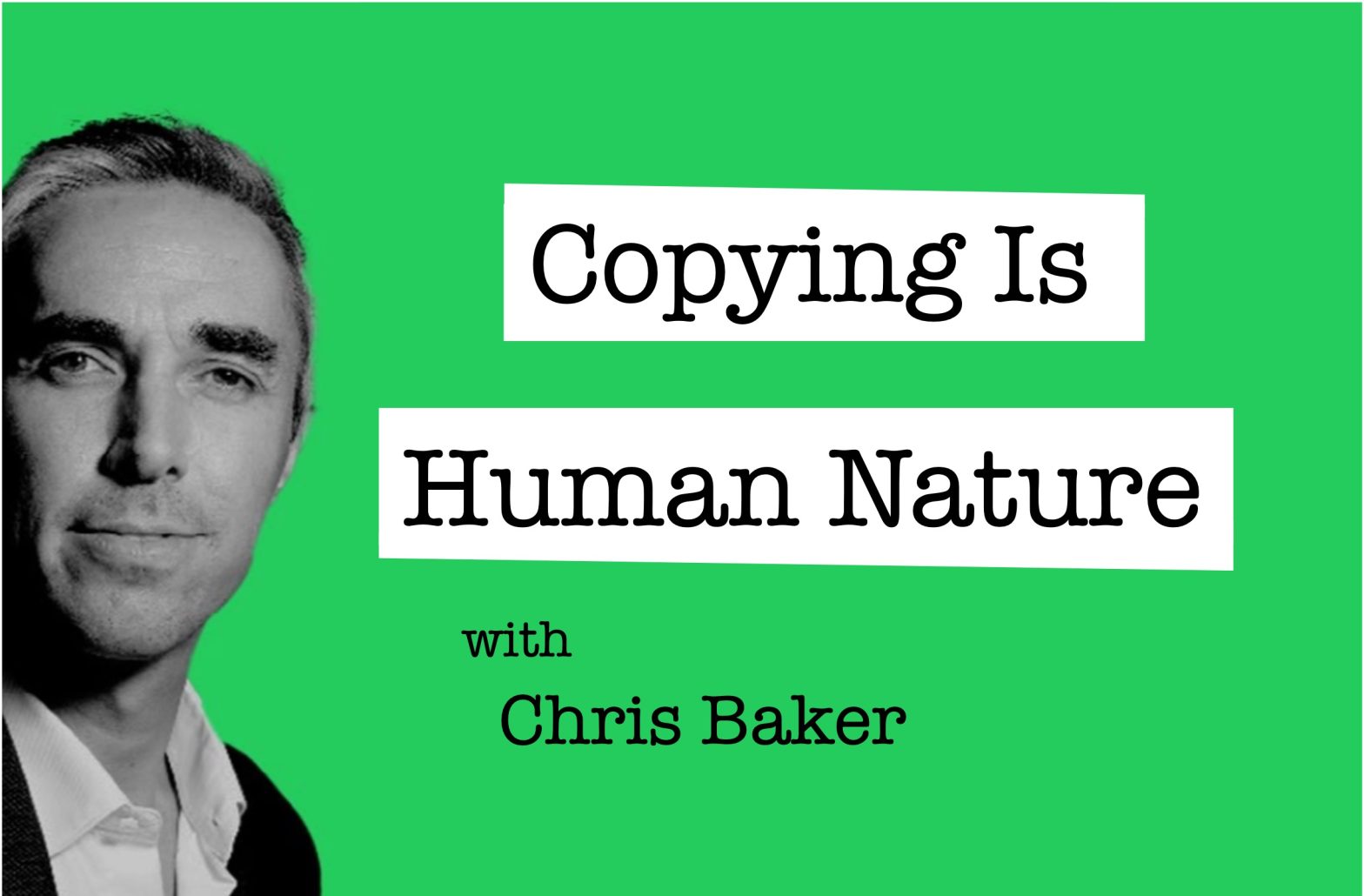Decade Zero, Year One

Carbon Copy is one year old this month. Born on 22 May, out of the climate emergency, our aim is to accelerate local climate action through faster learning, copying and joining of forces. We’ve been in a hurry since the day we were born because the next few years are a critical period for action on the climate crisis.
If you’re not much affected by climate change today, that itself is a privilege. One way or another, things will have changed irreversibly for all of us by the end of this decade.
Unfortunately, the headwinds against making quicker progress have grown stronger this past year. Political power and top-down control have become more concentrated, not less. The green shoots of a transformative “Build Back Better” fiscal stimulus have been starved of oxygen. Our leaders are making pledges that they won’t be responsible for when these come due – emissions reductions by 2030, 2040 or 2050 – when what really matters is what we’re actually doing today.
Facing these headwinds, Carbon Copy has chosen to focus resolutely on local climate action. Why? Because place-based actions remain a catalyst for the groundswell of tackling the crisis with urgency and in guiding top-down priorities.
Throughout a year that has been clouded by the pandemic, we have seen time and again that it is not a forced choice between recovering from the devastating impact of Covid-19 and tackling the ongoing environment and climate crisis. People have inspired us with their example, implementing new projects for the benefit of their communities that also address some of the underlying causes of climate change.
You shared your stories of community resilience and regeneration with us – of upcycling and sharing schemes; liveable streets and neighbourhoods; ecosystem restoration; renewable energy co-ops and many more – that others have since copied and adapted.
We launched our flagship Carbon Zero Explorer, with its interactive map visualising all 380 UK councils’ carbon emissions data and Climate Action plans, so that more people can see what’s happening where they live. The result has been far greater awareness of local governments’ ambitions for addressing the climate crisis and the need for more collaboration and joined-up action between councils, communities and companies.
Perhaps our biggest achievement has been to create a “commons” that is open to all types of meaningful climate action (not limited to a single model of change or specific sector) and all kinds of organisations (including community groups, charities, social enterprises, local authorities, companies). One that is growing organically as people add, borrow and adapt great ideas. One where the diversity of innovative projects and organisations we have showcased has encouraged a wider audience to join in and do something similar.
Of course, we have seen that not everyone can focus on this work. Many people have been too full up with the challenges of an exceptionally difficult year: furloughed from work or losing their job; trapped in lockdown; faced with additional stresses in their daily lives. But we have also seen first-hand how people have started or continued to do this work and the strong sense of purpose and solidarity they have derived. This is where we have shone our light, because this is our shared future.
Collectively, we have the power to add time to the clock that is counting down the time left before exceeding a critical threshold of global warming. But only if we act together with more urgency on the things that matter.
Our second year will be just as important as our first. Because we know that anything we do this year is worth ten of the same thing ten years from now.
Image: Climate Clock. For the live countdown, please see About Carbon Copy
Recommended from Carbon Copy
-

Copy these! 5 big local ideas about being more inclusive
Those who feel the impacts of climate change most keenly are often left out of environmental policy conversations. How can…
-

Copy These! 5 Big Local Ideas About Using Decentralised Energy
Communities around the UK are generating their own electricity - through solar, hydro and wind. But how can they ensure…
-
 Affordable Energy, Buildings & Places, Climate Action, Good Food, Greater Fairness, Health & Wellbeing, Less Waste, More Jobs, Strong Communities
Affordable Energy, Buildings & Places, Climate Action, Good Food, Greater Fairness, Health & Wellbeing, Less Waste, More Jobs, Strong CommunitiesCopy These! 5 Big Local Ideas About Creating A Community Hub
Learn how communities are reinvigorating once-forgotten spaces, to bring local environmental, social and economic benefits.
-

Positive Advertising About The Climate Crisis
Is our glass half full or half empty? Unfortunately, negative news cycles encourage us to look at what’s not there;…